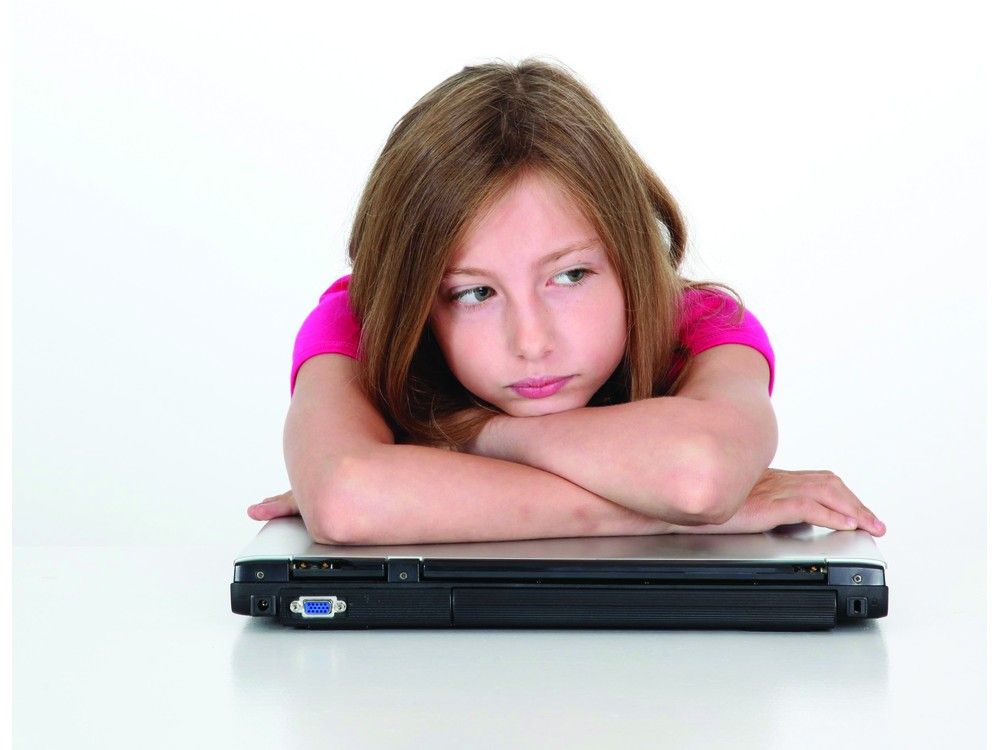The correct use of the word mindfulness extends back to the time when the Buddha lived. The essence is to remember to remember. By doing so, we hopefully become more aware.
A Zen teacher taught me that he favours the term “bodyfullness” over mindfulness because it makes us more aware of our bodies.
A common, yet often overlooked problem due to lack of awareness, is poor posture and, more specifically, slouching. Teens easily forget to be mindful, or bodyful, of their posture.
Sometimes parents will ask me to meet with them alone while the teen is left in the waiting room. Mental health issues dominate these discussions, but ever-so-often I hear, “Doctor, I don’t want to talk in front of my teen about his posture, but can you please talk to him about it. He will likely listen to you more than he would with us, because you are a doctor.” These words usually leave me bemused.
Slouching is a common thing in teens; up to 60 per cent of teens slouch. It is often thought to be due to conditioning because of hours and hours of hunching over a desk, a laptop or time with cellphones.
That may be true, but it is only partially true because, in adolescence, teens undergo growth spurts. The long bones in the leg grow faster than the muscles. This causes tight hamstrings, which then pull the bottom of the pelvis toward the knee. Thus, poor posture is not only a habit, but a physical mismatch between bone growth and muscle flexibility. The result is a kyphotic posture — or in plain English … slouching.
Slouching may occasionally be seen in tall teens who don’t want to stand out for their height. Wanting to fit in with their peers, they compensate by slouching. In some instances, teachers and parents are quick to judge, and they interpret slouching as a sign of poor self-confidence or sadness, which again may sometimes be true, but it is not as common as poor awareness of proper posture.
Poor posture may have long-term consequences, such as backaches later in life, secondary to structural changes in the spine. It may also interfere with optimal breathing methods and, later, a lack of energy, according to experts in the field of good posture, such as the Nostos Chiropractic clinic in Calgary. This clinic specializes in treating poor posture specifically. A proactive approach to returning to normal is utilized.
To practice good posture, the ears should be aligned over the shoulders, the shoulders should be back and relaxed, and the top of the shoulders should be over the hips.
There are some specific solutions parents can try in addition to visiting an ergonomic expert, such as a physiotherapist or chiropractor, who can teach some hands-on methods far better than a YouTube Video can transmit.
Not all ergonomists are certified and properly trained. It may be a good idea to do research on their credentials before a visit where one wants a teen to be taught about the value of proper posture. The American Posture Institute has more to say on this topic (See www.americanpostureinstitute.com)
Some specific ideas to promote better posture include:
Using a laptop stand. The idea here is to prevent the head and neck from craning when working on a laptop. According to ergonomic experts, a human head that weighs 5.4 kilograms in an upright position triples in pressure with just a 30-degree forward tilt, which is common when using a laptop without a stand.
Teaching a child how to carry a backpack properly. This means that a backpack should never weigh more than 10 per cent of the child’s weight, should never be carried over one shoulder only; the backpack should be put down rather than carried while waiting for a bus; the straps should be comfortably tight to have the backpack as close as possible to the back.
Doing core exercise with your teen (Adults can also pay more attention to their posture). Doing yoga together may help, where some poses are particularly helpful; poses such as the cobra pose, the cat pose, or the cow pose specifically offer core strength. For a teen who likes to compete against a parent, I suggest doing the plank pose to see who can last the longest.
Invest in a good ergonomic chair.
Sitting with a lower backrest for lumbar support. For more information on how to use a posture cushion, see https://www.nostos.ca/posture-cushion.
Using a desk to do homework rather than sitting or lying in a bed while doing homework.
It has been said that adolescence is just one walking pimple, referring to the physical and emotional challenges of the teenage years. It may be a bit cynical to say that, but when it comes to helping a teen slouch less, it may be worth taking on the challenge of influencing behaviour.
Dr. Nieman is the founder of Centre 70 Pediatrics and is grateful for being a contributor to the Herald on children’s health since 1999.
Source:: Life Fitness – Calgary Herald








